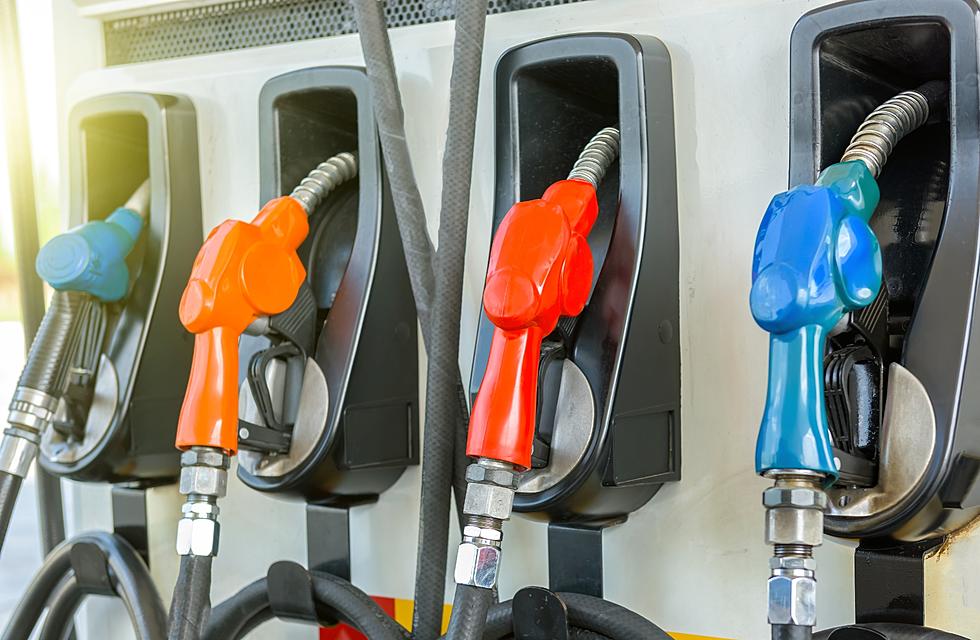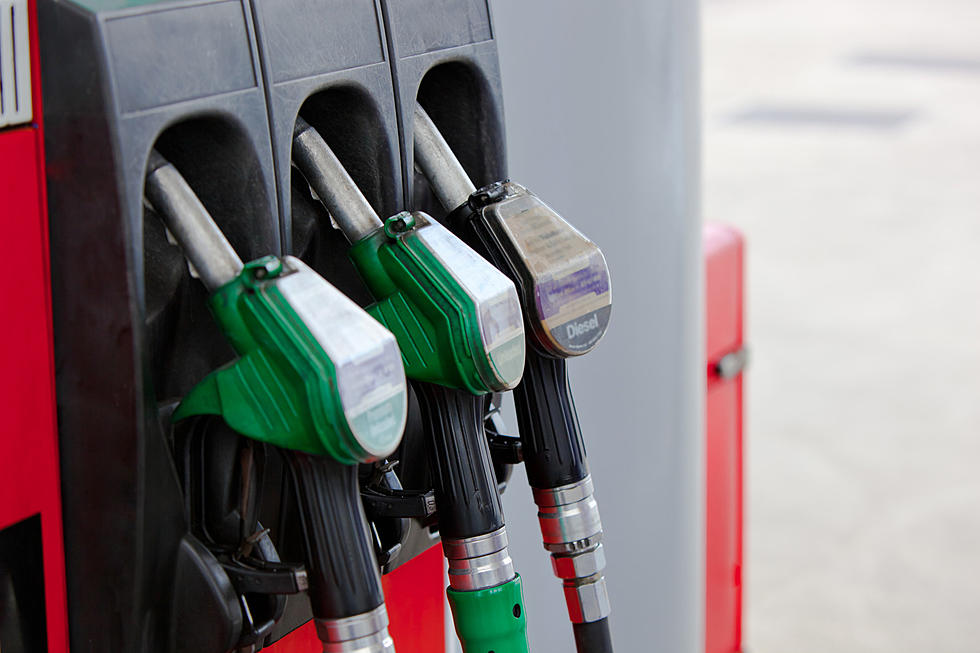
Cheapest US Labor Day Gas Prices Since 2004
With summer drawing to a close, motorists have enjoyed the cheapest summer at the pump since 2004, saving $18.9 billion over its duration versus last summer, a sweet note as they take to the roads to celebrate Labor Day.
“As the holiday approaches, it’s true that gasoline prices have risen across the country due in part to rumors of production cuts from OPEC which could begin to correct the balance of supply and demand, but take note- it could be just the third time in a decade prices are rising ahead of Labor Day," said Patrick DeHaan, senior petroleum analyst for GasBuddy. "While today’s trend may lead to some frustration, gas prices are likely to soon revert, leaving behind what has been the cheapest summer at the pump in over a decade."
According to GasBuddy analysts, gasoline prices have remained low even in light of high gasoline demand due to rampant oil production, leading supply to outpace demand for several years, causing oil inventories to bulge and depressing oil prices. In addition, as U.S. production has increased over the last several years, oil producing countries have been fighting to win back market share. Saudi Arabia was a key player in driving oil prices down by announcing a new strategy to pump as much as they could late in 2014. The downturn accelerated when sanctions on Iran were eased, leading Iran to boost production and fight for market share against Saudi Arabia and the United States.
The U.S. national average for a gallon of gasoline is likely to close out the summer driving season having averaged $2.24 per gallon compared to 2015’s summer average of $2.70 per gallon. For Labor Day, GasBuddy expects the national average to be $2.19 per gallon, a slight decrease versus the current national average of $2.21 per gallon and far lower than prices during the early part of the decade.
Year Labor Day U.S. Average ($/gallon) Summer† U.S. Average ($/gallon)
2016 $2.19* $2.24*
2015 $2.40 $2.70
2014 $3.43 $3.58
2013 $3.59 $3.58
2012 $3.83 $3.55
2011 $3.66 $3.64
2010 $2.67 $2.71
2009 $2.55 $2.57
2008 $3.66 $3.84
2007 $2.78 $2.90
2006 $2.70 $2.87
2005 $3.05 $2.34
Interestingly, GasBuddy data shows that since 2005, gas prices between the end of August and Labor Day have dropped seven out of ten times, with prices averaging a 2-cent decline. The largest jump was in 2005 when gas prices shot up 20 cents as Hurricane Katrina hit the U.S. and oil rigs in the Gulf.
With the conclusion of Labor Day weekend comes the end of the summer driving season in the world's largest gasoline consuming country, setting the stage for gasoline demand and prices to fall. In addition, EPA's summer gasoline requirements end September 15 in much of the nation, opening the door for cheaper winter gasoline to return to pumps- a double whammy of downward pressure just in time for autumn- a yearly trend that's unphased by upcoming elections.
More From KGAB









